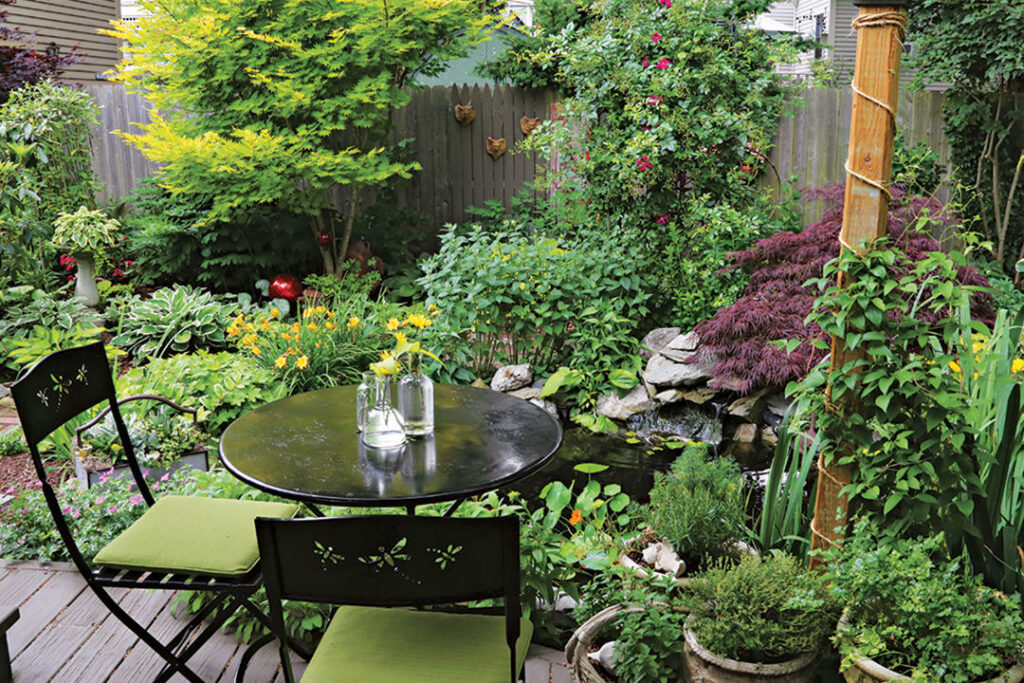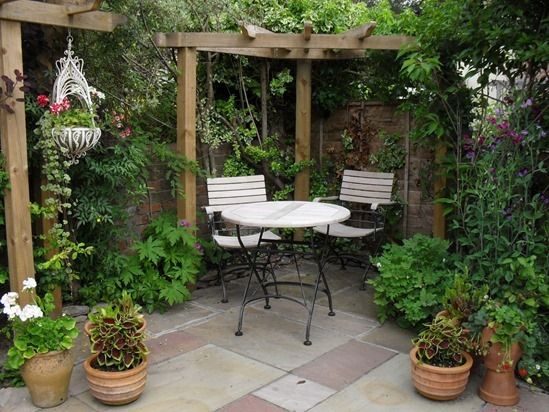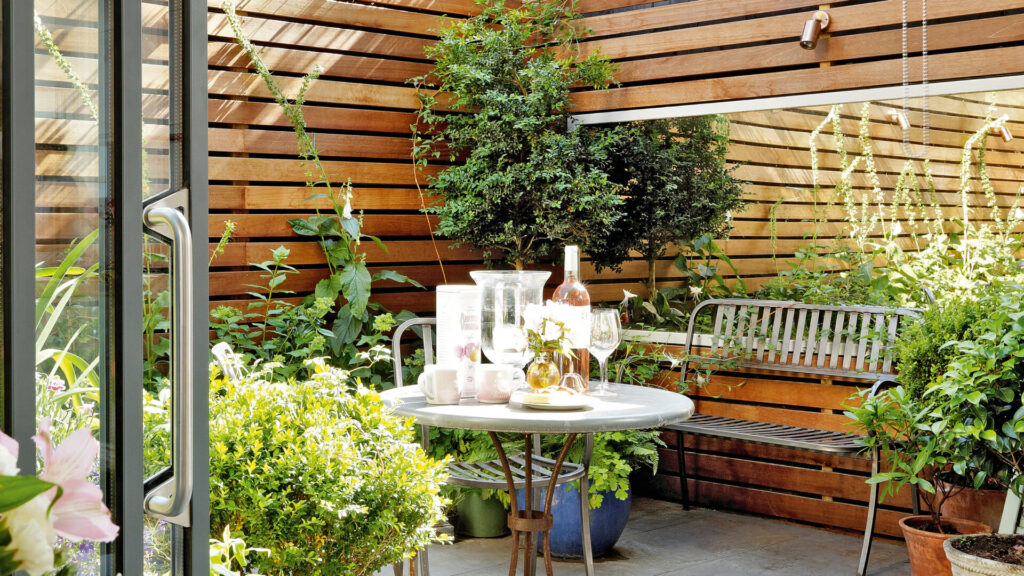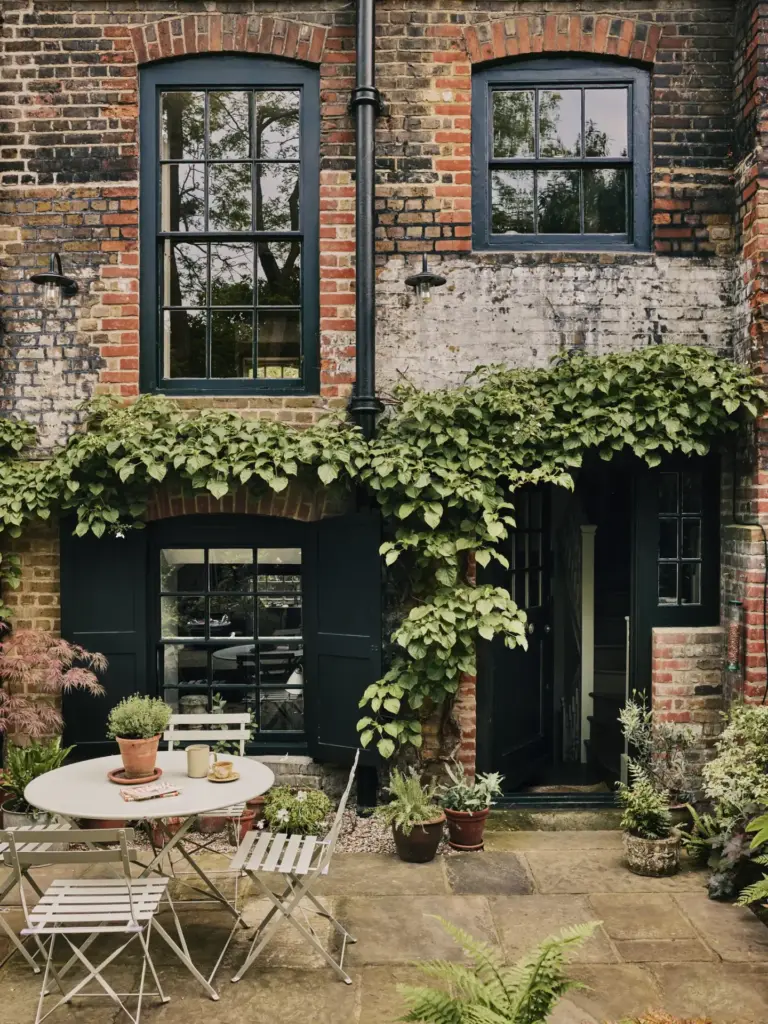Living in a city often means sacrificing outdoor space, but that doesn’t mean you can’t have a beautiful garden. A well-designed courtyard garden can become a serene retreat and an extension of your living space. With smart planning, even the smallest urban courtyard can be transformed into a green sanctuary.
In this blog, we’ll explore space-efficient garden design, the best plants for tight spots, and styling tips to help you maximize your small urban garden.


Why Courtyard Gardens Work in Urban Environments
Courtyards are typically enclosed spaces surrounded by buildings. In cities, these spaces offer unique opportunities to create cozy, private gardens that are protected from wind and noise. Whether you live in an apartment, townhouse, or urban row house, a courtyard garden design can help you reclaim and beautify underutilized space.
Planning Your Small Courtyard Garden Layout
Before buying plants or furniture, start with a plan. The key to success in a small garden is understanding your space and setting clear goals.
Key Planning Steps:
Measure the space: Take accurate measurements, noting sunlight exposure, existing surfaces, and permanent structures.
Identify your needs: Will the courtyard be for relaxation, entertaining, or growing herbs and vegetables?
Choose a layout: Use symmetry or geometric shapes to visually enlarge the space.
A zoned layout—where seating, greenery, and decor each have defined areas—can make a small courtyard feel larger and more functional.
Optimize Sunlight and Shade
In urban areas, surrounding buildings often block sunlight. Observe your courtyard throughout the day to determine:
Which areas receive full sun
Which are shaded or partially shaded
This information helps you choose the right plants and plan seating areas. For example, sun-loving herbs like rosemary and thyme thrive in bright corners, while ferns and hostas do well in shady spots.
Best Plants for Courtyard Gardens
Plant selection is crucial when working with limited space. Choose varieties that are compact, low-maintenance, and suitable for your climate.
Ideal Plants for Small Courtyards:
Vertical growers: Bamboo, climbing roses, clematis
Container plants: Lavender, dwarf citrus trees, succulents
Shade-tolerant plants: Ferns, hydrangeas, heucheras
Mix evergreen plants with seasonal bloomers for year-round appeal.
Use Vertical Space Wisely
When floor space is limited, think vertically. Walls and fences are perfect for:
Trellises with climbing plants
Hanging baskets
Vertical garden systems
Adding mirrors to walls can also create the illusion of more space and reflect light back into darker corners.
Furniture and Decor: Keep It Minimal but Functional
Choose furniture that fits the scale of your courtyard. Look for:
Foldable tables and chairs
Built-in seating with hidden storage
Lightweight materials like rattan or powder-coated metal
Incorporate weather-resistant cushions, lanterns, and small water features for added charm. A focal point—such as a sculptural plant or modern bench—can visually anchor the design.
Lighting Ideas for Evening Ambiance
Good lighting can make your courtyard usable after dark and add atmosphere.
Effective Lighting Options:
Solar-powered path lights
Wall-mounted sconces
String lights or fairy lights
LED spotlights for highlighting plants
Lighting not only enhances safety but also elevates the aesthetics of your outdoor space.
Sustainability Tips for Small Urban Gardens
Urban gardening also offers a chance to be eco-conscious. Here are some green ideas:
Collect rainwater with compact rain barrels
Compost kitchen scraps in a mini composter
Use native plants that require less water and maintenance
These sustainable practices can lower your garden’s environmental impact while keeping it lush and healthy.
Design Tricks to Make Your Courtyard Look Bigger
Small courtyards can feel larger with these visual tricks:
Use light-colored walls and paving to reflect more light
Create a diagonal layout to elongate sightlines
Keep plantings structured and avoid clutter
Strategic use of mirrors, symmetry, and scale also help create a sense of openness.
Final Thoughts
Designing a courtyard garden in small urban spaces requires thoughtful planning and creativity. By using smart layout techniques, vertical planting, and space-saving furniture, you can turn even the tiniest courtyard into a vibrant garden escape.
Whether you want a peaceful retreat, a social space, or a mini edible garden, your urban courtyard holds endless potential.


